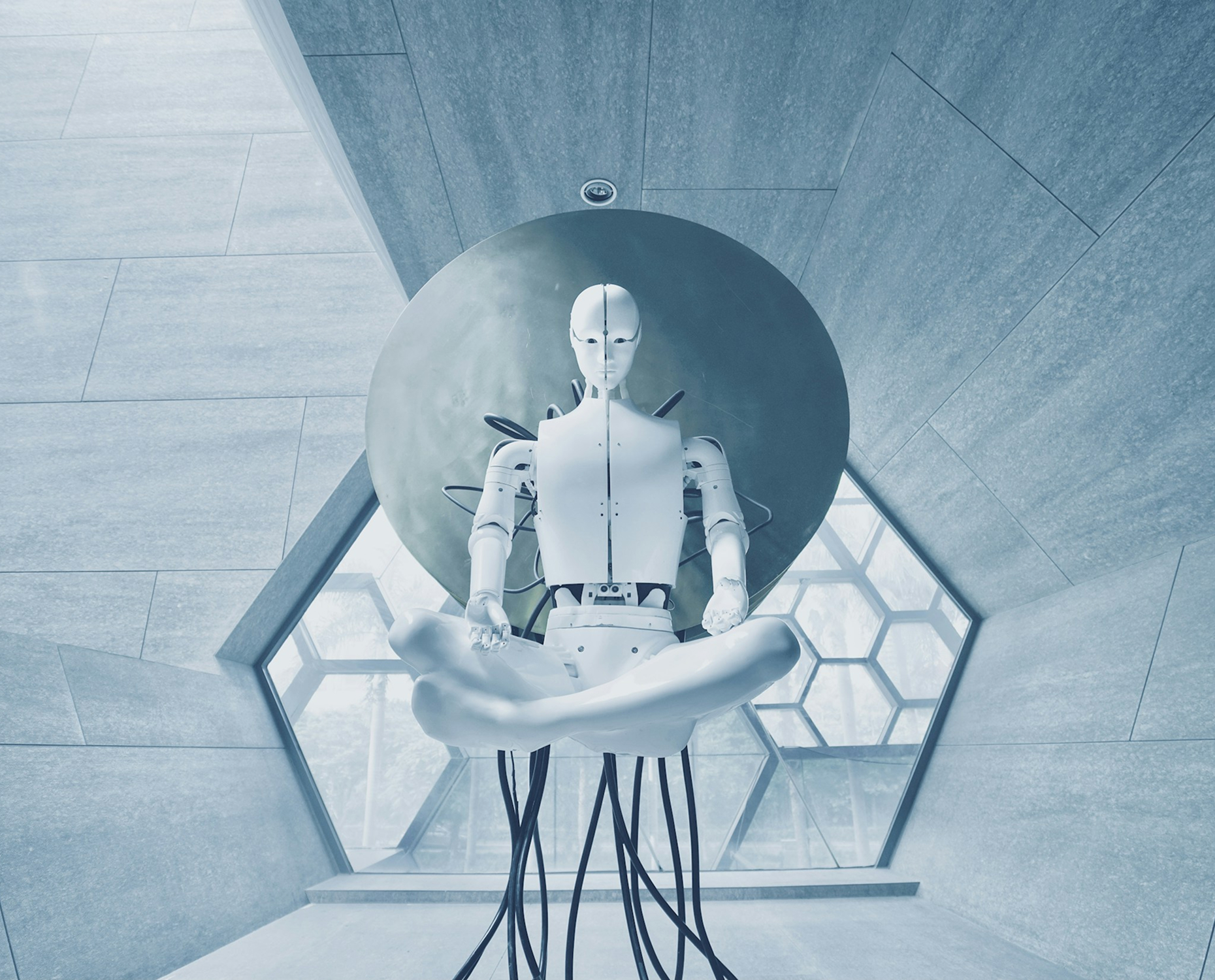Agentic Workflows - The Flexible Future of Business Automation Agentic workflows and automation are getting a lot of attention right now - and for good reason.
But… most automations are a bit like following an old recipe.
That works perfectly when nothing changes. But what if the market shifts halfway through? What if fresh data becomes available? Or if there’s a much faster way to get the job done that your automation can’t see?
That’s where agentic AI workflows come in. They don’t just follow instructions - they decide the next move based on what’s happening right now.
They can:
Pull in new data mid-process Skip steps that don’t matter anymore Choose better tools for the task Adjust the route entirely if it gets them to the goal faster In short: they work the way a good human teammate would - only faster, more consistently, and at scale. A Quick Definition (Without the Jargon) An agentic AI workflow is a process run by AI “agents” that can think, adapt, and choose the best way to reach a goal.
Instead of rigidly ticking off steps, they:
Understand the objective - not just the next task in line Evaluate what’s true right now before acting Change their plan when conditions shift Select the right tools for the moment, not just what’s pre-set If traditional automation is a delivery driver locked into one fixed route, an agentic workflow is a sat-nav that constantly reroutes based on traffic, weather, or a shortcut you didn’t know existed.
Businesses already using workflow automation are starting to see how these adaptive workflows fit naturally into day-to-day operations - replacing fixed steps with processes that respond in real time.
How It Works (Without Turning This Into a Tech Manual) Imagine you’re driving somewhere. Traditional automation takes the same route every time, even if there’s a huge traffic jam.
An agentic workflow? It checks the traffic, finds a quicker route, and can change halfway if a better option pops up. Think of it as a map with multiple possible routes.
This diagram is an example of that logic in action:
Details → The workflow starts by gathering the context it needs.Trigger → An event or schedule kicks things off (but an agentic system can also start based on new data, not just a fixed clock).Research → Instead of blindly running the next step, the workflow can pull fresh information from live sources.Email → The output is sent - but only after the process has adapted to what’s true right now.In traditional automation, this exact sequence would run the same way every time.
Agentic AI Workflows vs Traditional Automation - what's the difference? It’s not about one replacing the other - it’s about using the right tool for the right job.
Example:
Traditional automation → Sends the same weekly report every Friday from the same spreadsheet — even if half the numbers are outdated.Agentic workflow → Checks for fresh data, updates the report, removes anything irrelevant, and then sends it.In short:
Traditional automation is like a delivery driver who follows the same map no matter what. Agentic AI is like a GPS that constantly checks the road ahead and takes the fastest, smartest route every time. Why Businesses Are Paying Attention Agentic workflows aren’t just a tech upgrade - they solve problems that quietly drain time, money, and momentum every day.
Speed that compounds Consistency without micromanaging Flexibility in the face of change Smarter use of information For most businesses, that translates into:
Serving more clients without increasing headcount. Hitting deadlines even when the situation changes. Reducing rework because tasks are right the first time. Making better calls, faster, with fresher data. Quick Real-World Examples It’s easier to see the value of agentic workflows when you look at them in action. Here are three everyday scenarios where they quietly save hours and keep work moving without you having to step in.
1. Market Research & Summary Search trusted sources → Pick relevant stories → Summarise in plain English → Email the highlights
2. Automated Client Reporting Pull latest data → Check for key changes → Update client report → Send automatically
3. Product Idea Validation Gather customer feedback → Spot trends & pain points → Rank ideas for viability → Send go/no-go summary
Where Agentic Workflows Fit In
For many businesses, the sweet spot is a blend: keep straightforward processes as they are, and layer adaptive workflows where real-time thinking makes the difference.
If you’re curious about where they could fit for you, the Portal early access is where we’re quietly testing new workflow tools designed for exactly that kind of adaptability. (Check it out and get your hands on an early access membership whilst we're in BETA!)
The Bigger Picture Agentic AI workflows aren’t a passing tech trend — they’re part of the shift toward automation that can adapt, decide, and act without constant human intervention.
If you’ve ever had an automation fail because a single detail changed, or wished it could figure out the best next step on its own, you’ve already felt the gap they’re designed to fill.
Explore workflow automation page to see how adaptive workflows could save you time, cut errors, and keep projects moving. And if you want to be first to try the tools we’re building for the next wave of automation, join the Portal early access list .


